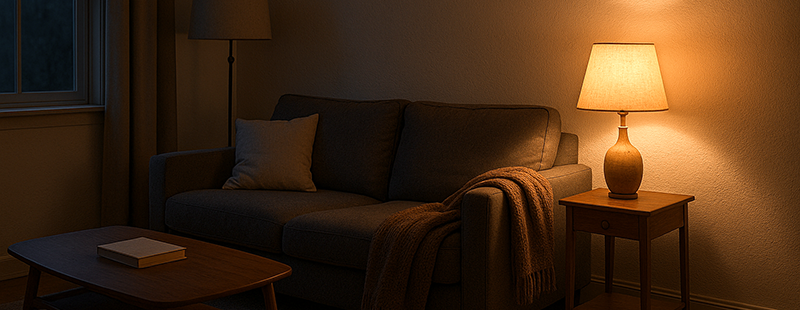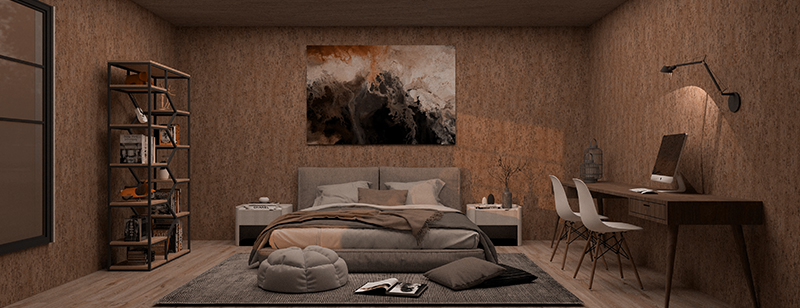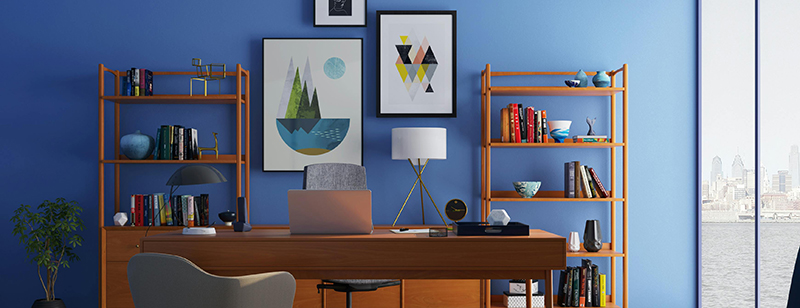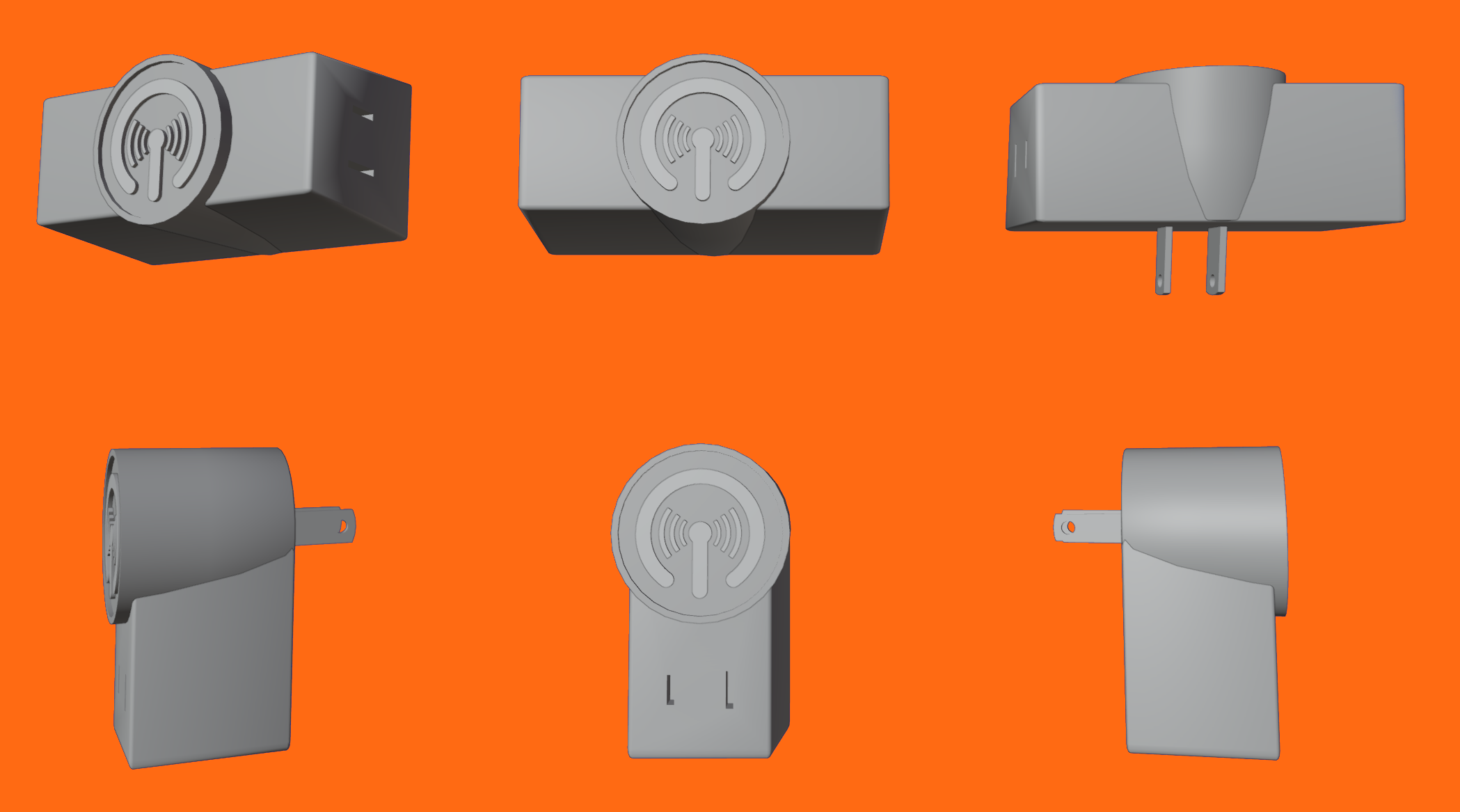Why I Created PSYNQ: A Simple Fix for an Overcomplicated Smart-Home World

I didn’t set out to reinvent lighting.
I just wanted my rooms to work the way I wanted them to.
But like most people, I kept running into the same problems:
-
The wall switch controlled the wrong outlet
-
I couldn’t turn on lamps together
-
My furniture layout didn’t match the room’s wiring
-
Smart bulbs made everything more complicated
-
Every fix required rewiring or an app
At some point, I realized:
It shouldn’t be this hard to control a lamp.
Rooms Are Designed for Builders, Not for the People Who Live There
Older homes weren’t built with today’s lifestyles in mind.
Apartments don’t allow tenants to rewire their outlets.
Renters can’t change switches or outlets.
Smart-home lighting requires WiFi, accounts, firmware updates, and constant troubleshooting.
The more “smart” the solutions got, the more frustrating they became.
I wanted something different:
-
No rewiring
-
No WiFi
-
No apps
-
No accounts
-
No smart bulbs
- No passwords
-
No electrician required
Just a simple way to decide which outlet the switch controls and make lighting feel consistent again.
PSYNQ Started as a Personal Fix
The idea wasn’t born in a lab.
It started in a normal home with normal lighting problems.
I wanted:
-
Multiple lamps to turn on together
-
My switches to control the outlets I chose
-
Flexibility to rearrange furniture
-
A solution that would work in any home, old or new
After trying smart bulbs, smart plugs, and wiring hacks, I still didn’t have a solution that felt right.
So PSYNQ began as a DIY workaround—a simple transmitter + receiver approach to “redirect” switch control to any outlet in the room.
It solved the problem immediately.
Then I Realized: Everyone Has This Problem
Friends. Family. Neighbors. Renters. Homeowners.
Every time someone walked into a room and flipped a switch that controlled nothing, they laughed and said:
“Oh my gosh — my house does this too.”
That’s when I knew PSYNQ wasn’t just for me.
Lighting Should Be Simple, Reliable, and Yours to Control
PSYNQ is intentionally low-tech:
-
No software
-
No login
-
No WiFi
-
No ecosystem to manage
-
No complicated setup
-
Works instantly
-
Works in apartments
-
Works in older homes
-
Works even if you rearrange the room
It puts you back in control of your lighting, not the builder who wired your home decades ago.
We’re Getting Close — And You Can Join Early
PSYNQ isn’t for sale yet, but early supporters can reserve:
💡A VIP price discount: $40 (retail ~$60) by placing a $1 deposit now at presale.psynq.com
If you’ve ever wished your lighting “just worked,” I built this for you.





Recent Comments